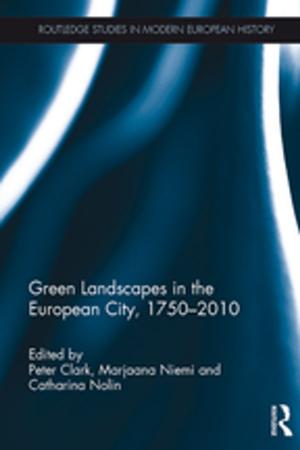| Author: | James Muldoon, Felipe Fernandez-Armesto | ISBN: | 9781351927017 |
| Publisher: | Taylor and Francis | Publication: | May 15, 2017 |
| Imprint: | Routledge | Language: | English |
| Author: | James Muldoon, Felipe Fernandez-Armesto |
| ISBN: | 9781351927017 |
| Publisher: | Taylor and Francis |
| Publication: | May 15, 2017 |
| Imprint: | Routledge |
| Language: | English |
Around the year 1000 Rodulfus Glaber described France as being in the throes of a building boom. He may have been the first writer to perceive the early medieval period as a Dark Age that was ending to be replaced by a better world. In the articles gathered here distinguished medieval historians discuss the ways in which this transformation took place. European society was becoming more stable, the climate was improving, and the population increasing so that it was necessary to increase food production. These circumstances in turn led to the cutting down of forests, the draining of wetlands, and the creation of pastures on higher elevations from which the glaciers had retreated. New towns were established to serve as economic and administrative centers. These developments were witness to the processes of internal colonization that helped create medieval Europe.
Around the year 1000 Rodulfus Glaber described France as being in the throes of a building boom. He may have been the first writer to perceive the early medieval period as a Dark Age that was ending to be replaced by a better world. In the articles gathered here distinguished medieval historians discuss the ways in which this transformation took place. European society was becoming more stable, the climate was improving, and the population increasing so that it was necessary to increase food production. These circumstances in turn led to the cutting down of forests, the draining of wetlands, and the creation of pastures on higher elevations from which the glaciers had retreated. New towns were established to serve as economic and administrative centers. These developments were witness to the processes of internal colonization that helped create medieval Europe.















